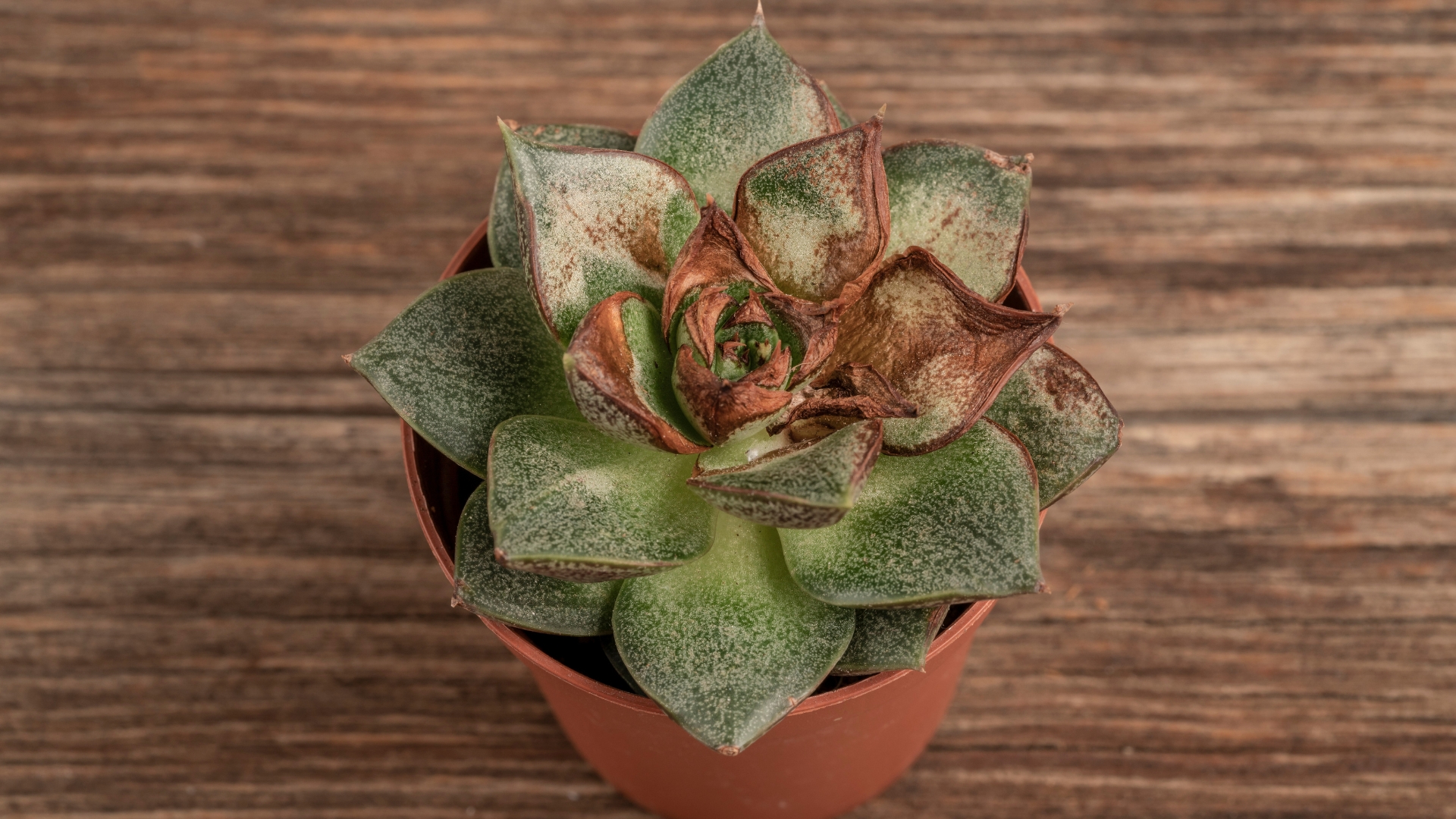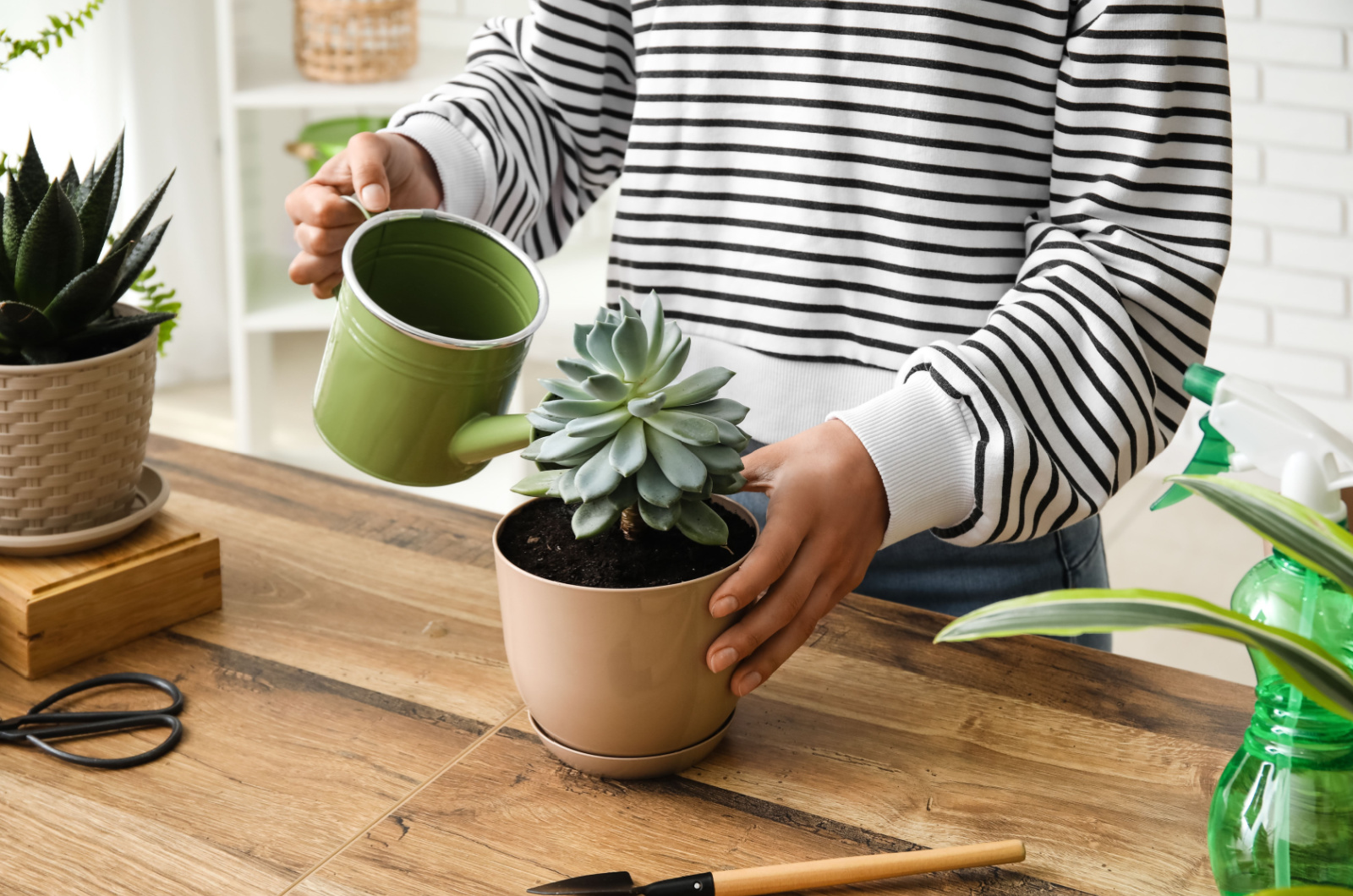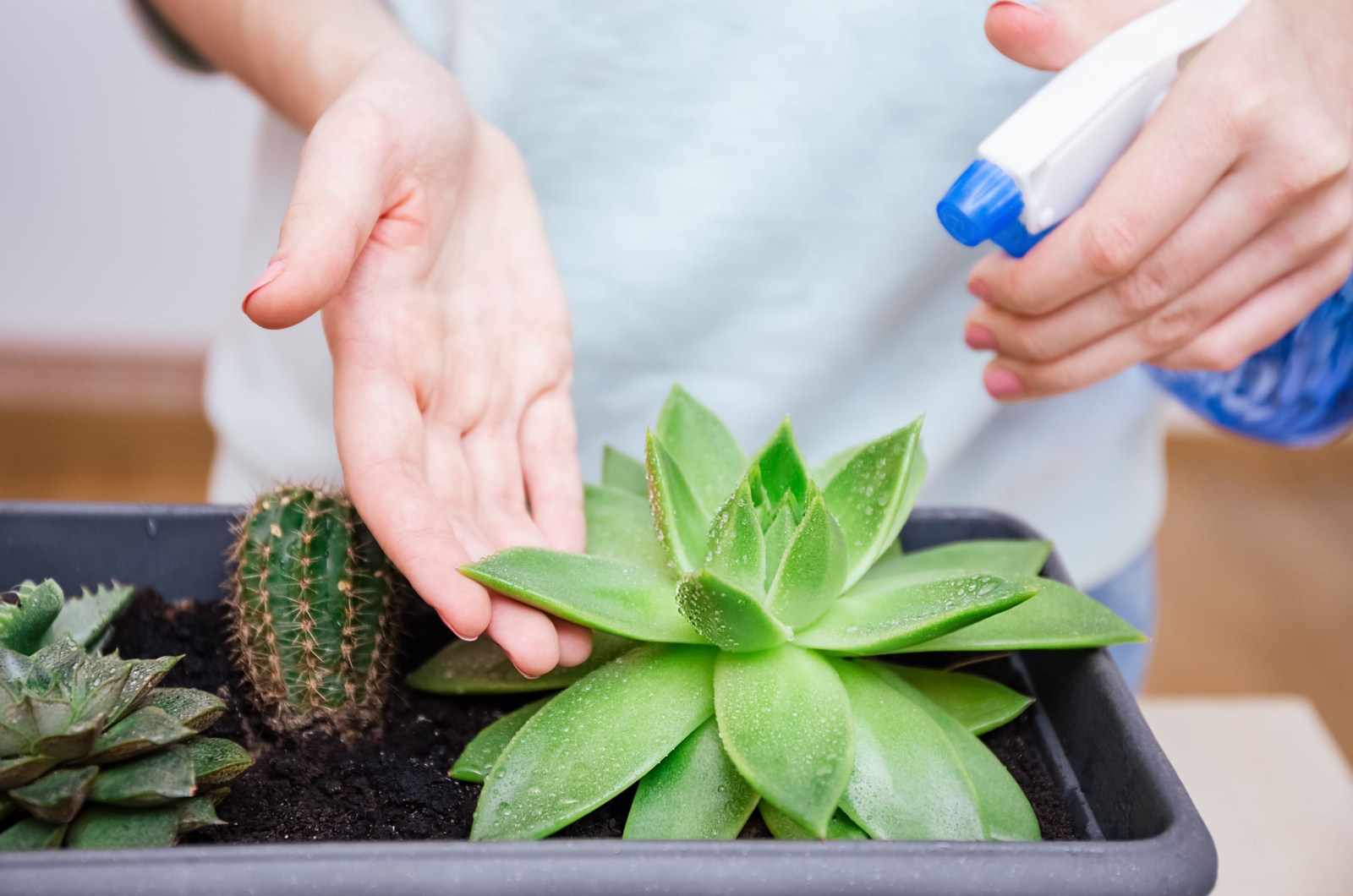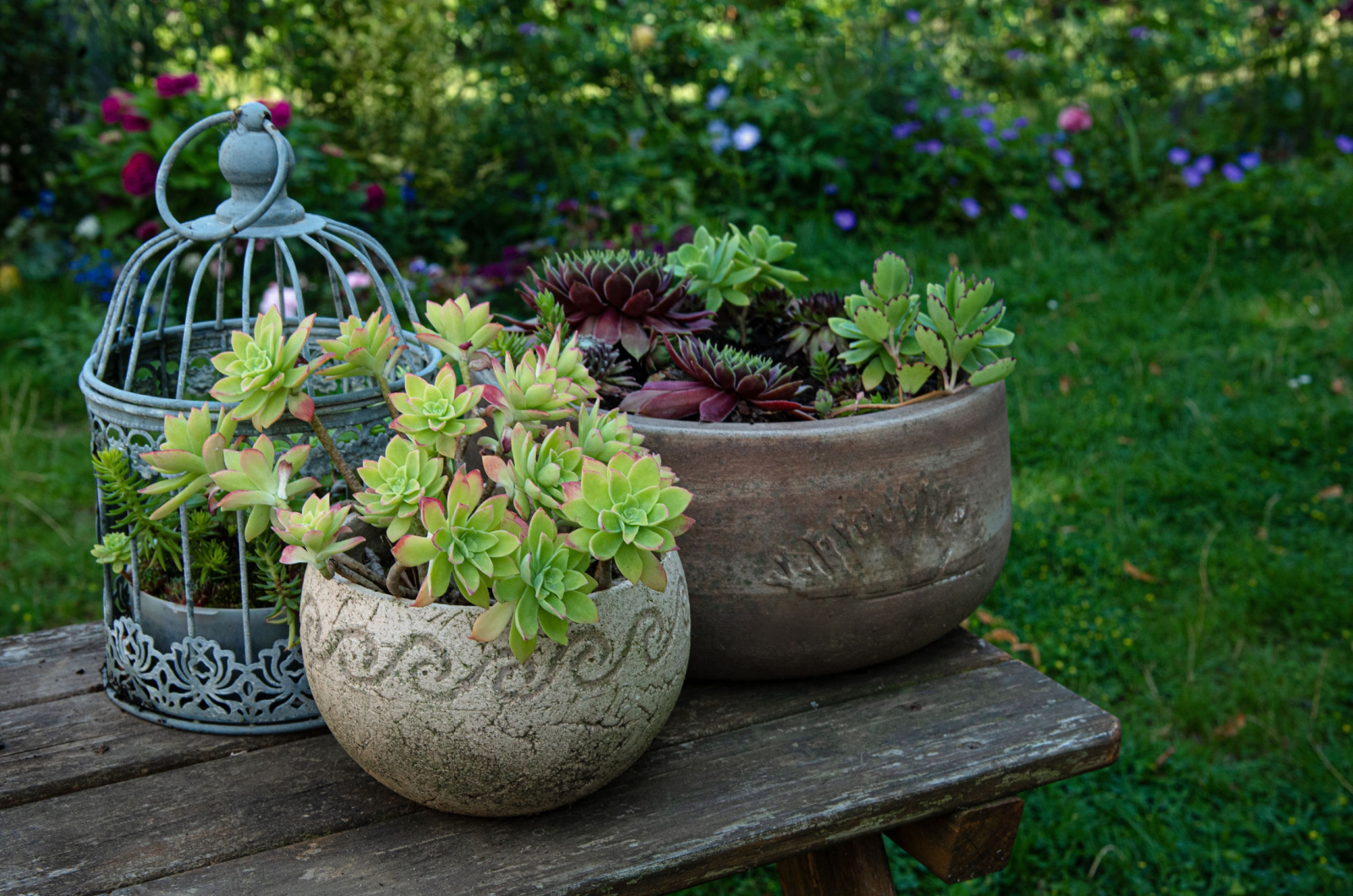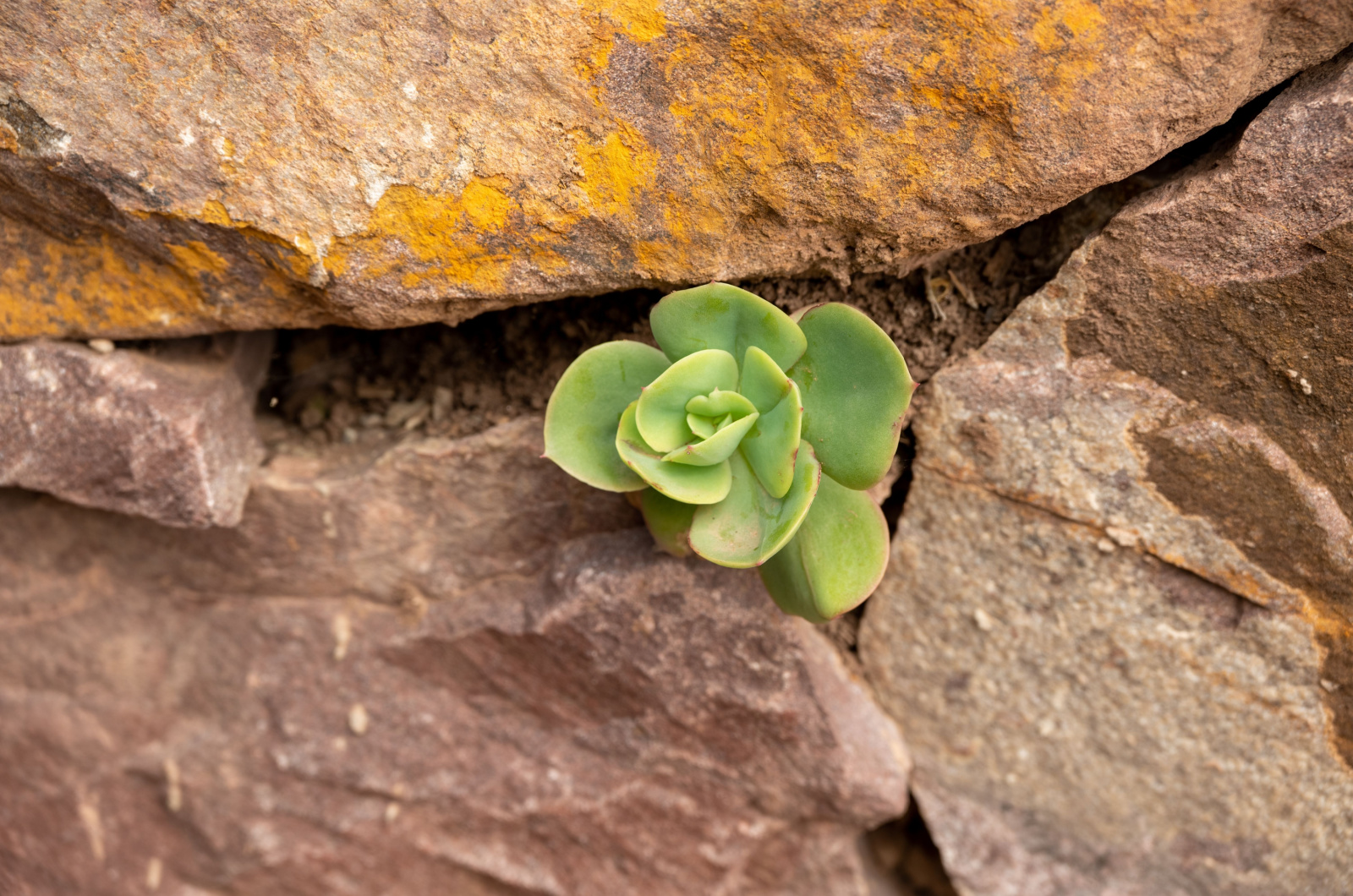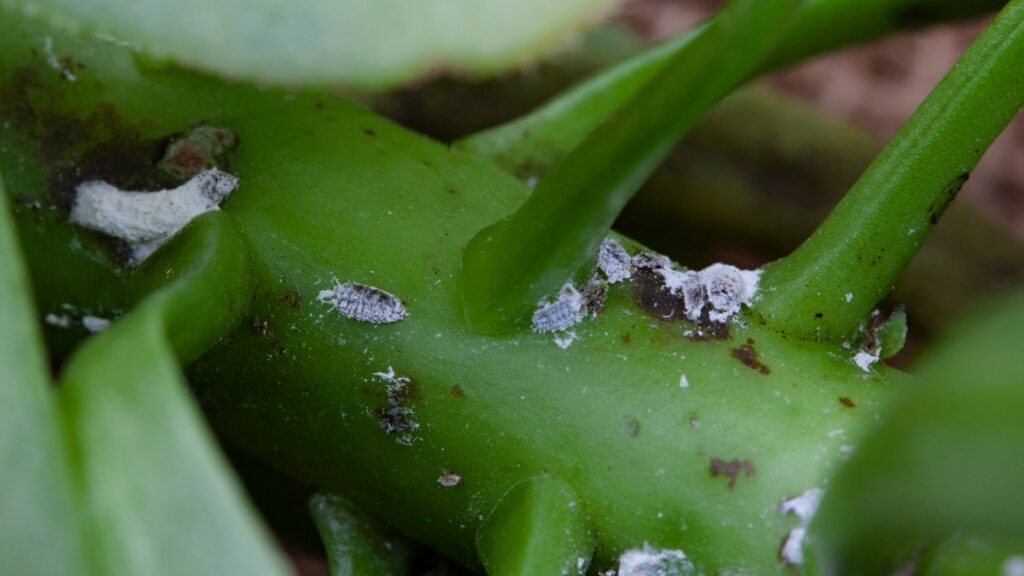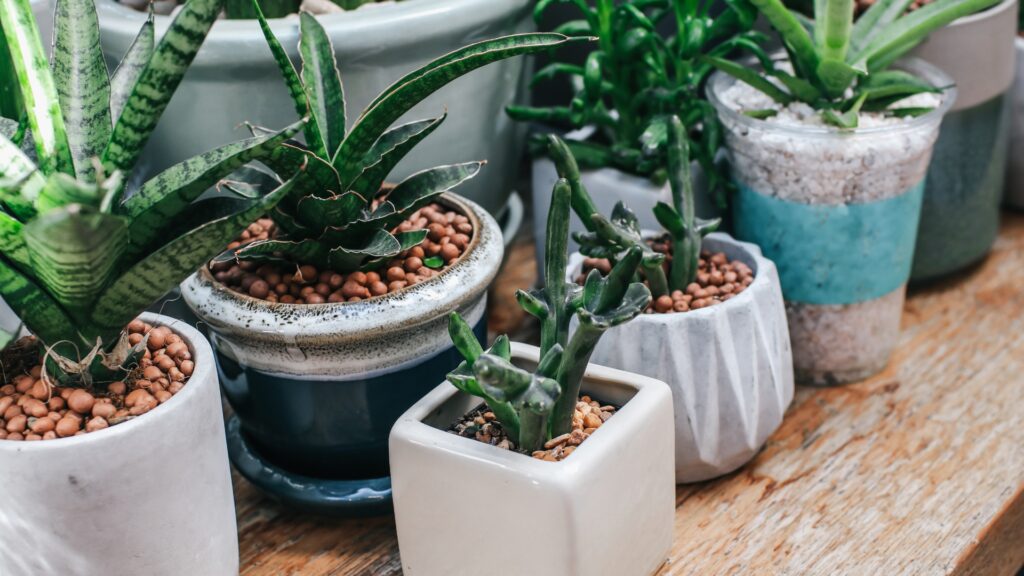Succulents are known for their low-maintenance and remarkable beauty. It seems as though you can simply put them anywhere and they will grow and thrive!
However, that’s not the case, and some mistakes might seriously harm these resilient plants. If you don’t fix these issues, you’ll end up with wilting and dying succulents.
In this article, we are going to explore common succulent pitfalls and how to avoid them, ensuring that your lovely plants flourish.
Let’s make your succulent journey a success!
1. Overwatering
Succulents won’t mind you if you skip watering from time to time. This is because they originate from dry areas where they’ve already adapted to scarce water.
However, they will mind if you give them more water than they need – succulent plants are prone to overwatering and might even completely deteriorate. Wet soil attracts root rot, a fungal disease that causes root wilting and dying.
Pro Tip: Water your succulents once a week during spring and summer; and once a month during fall and winter. It’s better to keep an underwatered succulent than to overwater it. Avoid getting their foliage wet.
This might be useful: Hen And Chick Plant Dying? Signs, Reasons, & Solutions
2. Misting
Too much water also includes misting; while many tropical plants like Peace lilies might enjoy an additional humidity boost, succulents are the type of plants that like their air dry.
Pro Tip: Any extra moisture might lead to rotting, so avoid placing them in humid environments or next to humidifiers. Most of them like to grow in open designs, but some succulents can be used to make a succulent terrarium.
3. Inadequate Sunlight
Remember that these plants originate from hot and dry areas, which means that they are exposed to a lot of sunlight. Keeping them in the dark is a huge mistake because they might become weak, pale, leggy, and deformed.
Place your succulents next to a south-facing window, but others like eastern, western, and southwestern would work just fine.
Pro Tip: Keep these plants exposed to bright light for six hours during the day. Make sure that they are not exposed to direct sunlight for long periods of time because their leaves might scorch.
4. Wrong Potting Soil
Using soil that is too heavy or drains poorly can lead to numerous issues, including wilting, yellowing, and rotting. Therefore, it’s better to prepare the soil before growing your succulent plant.
You can use special potting mixes designed specifically for succulents. They include coarse materials that will prevent waterlogging and reduce compaction.
Pro Tip: You can add soil amendments such as perlite or coarse sand – these will make the potting soil light and well-draining, exactly what succulent plants need.
5. Extreme Temperatures
Extremely cold or hot temperatures might damage your succulents. Those placed in hot temperatures can have brown and dry leaf tips, whereas those in cold temperatures might wilt and suffer from cold damage.
Avoid putting your plants next to heat sources like fireplaces or radiators, but don’t put them near drafty doors or a window that stays open constantly either.
Pro Tip: Succulent plants grow best in temperatures between 40 and 50 degrees Fahrenheit.
This might be useful: Aloe Vera Plant Leaves Bending: Causes & Solutions
6. Neglecting Pest Control
Even though succulents are tough and generally pest-resistant, they aren’t immune to unwanted visitors. Mealybugs, spider mites, and aphids can still find their way to your plants and cause trouble.
These pests suck on the plant’s juices, leading to distorted growth, yellowing leaves, and sometimes even plant death if left unchecked.
Pro Tip: Regularly inspect your succulents, especially under the leaves and around the base. If you spot pests, use a cotton swab dipped in rubbing alcohol to remove them, or treat with an insecticidal soap designed for indoor plants.
7. Using the Wrong Pot
A beautiful pot can elevate your plant decor, but choosing one without drainage holes is a recipe for disaster. Succulents need well-draining soil and pots that allow excess water to escape.
Without proper drainage, water accumulates at the bottom, leading to root rot.
Pro Tip: Always opt for pots with drainage holes. If you absolutely love a pot without them, you can still use it as a decorative cover – just keep your succulent in a plastic nursery pot inside and remove it when watering.

